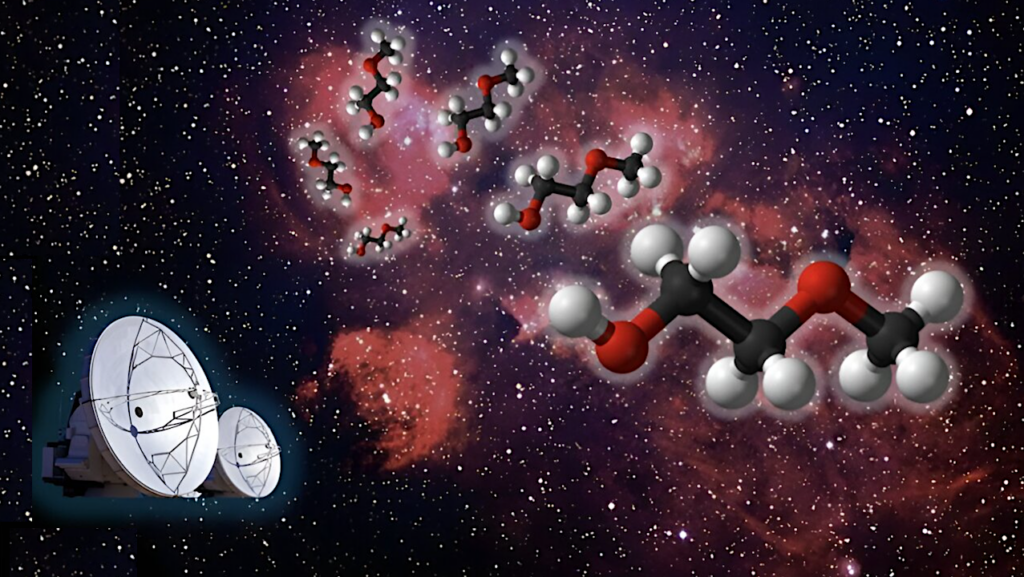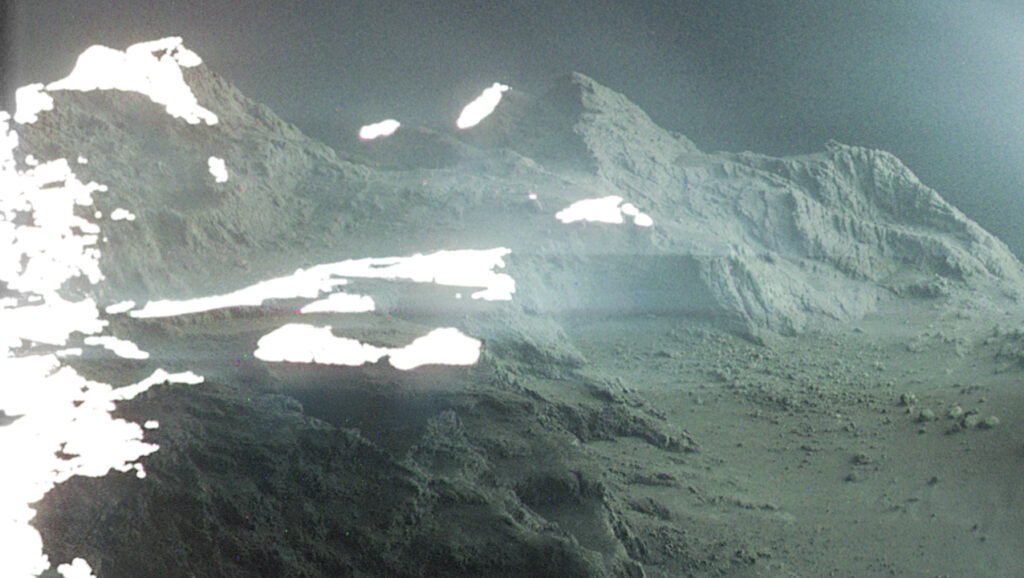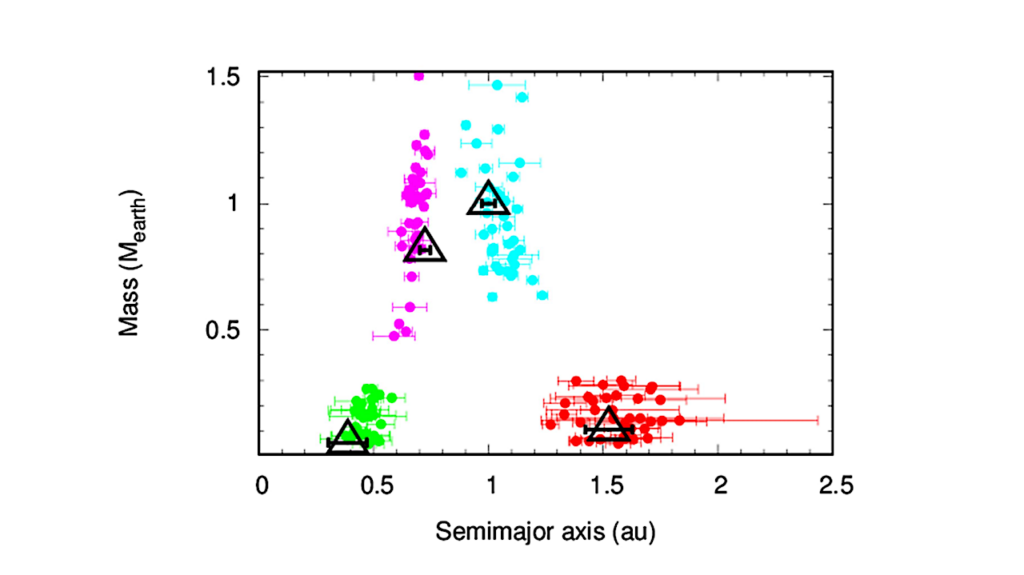New Detections Of Phosphorus Molecules Towards Solar-type Protostars

Phosphorus is a necessary element for life on Earth, but at present we have limited constraints on its chemistry in star- and planet-forming regions: to date, phosphorus carriers have only been detected towards a few low-mass protostars.
Motivated by an apparent association between phosphorus molecule emission and outflow shocking, we used the IRAM 30m telescope to target PN and PO lines towards seven Solar-type protostars with well-characterized outflows, and firmly detected phosphorus molecules in three new sources. This sample, combined with archival observations of three additional sources, enables the first exploration of the demographics of phosphorus chemistry in low-mass protostars. The sources with PN detections show evidence for strong outflow shocks based on their H2O 110-101 fluxes. On the other hand, no protostellar properties or bulk outflow mechanical properties are found to correlate with the detection of PN. This implies that gas-phase phosphorus is specifically linked to shocked gas within the outflows.
Still, the PN and PO line kinematics suggest an emission origin in post-shocked gas rather than directly shocked material. Despite sampling a wide range of protostellar properties and outflow characteristics, we find a fairly narrow range of source-averaged PO/PN ratios (0.6-2.2) and volatile P abundances as traced by (PN+PO)/CH3OH (∼1-3%). Spatially resolved observations are needed to further constrain the emission origins and environmental drivers of the phosphorus chemistry in these sources.
Serena Wurmser, Jennifer B. Bergner
Comments: Accepted to ApJ
Subjects: Astrophysics of Galaxies (astro-ph.GA); Earth and Planetary Astrophysics (astro-ph.EP); Solar and Stellar Astrophysics (astro-ph.SR)
Cite as: arXiv:2206.12720 [astro-ph.GA] (or arXiv:2206.12720v1 [astro-ph.GA] for this version)
Submission history
From: Serena Wurmser
[v1] Sat, 25 Jun 2022 19:29:33 UTC (2,056 KB)
https://arxiv.org/abs/2206.12720
Astrobiology, Astrochemistry,








